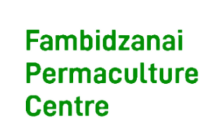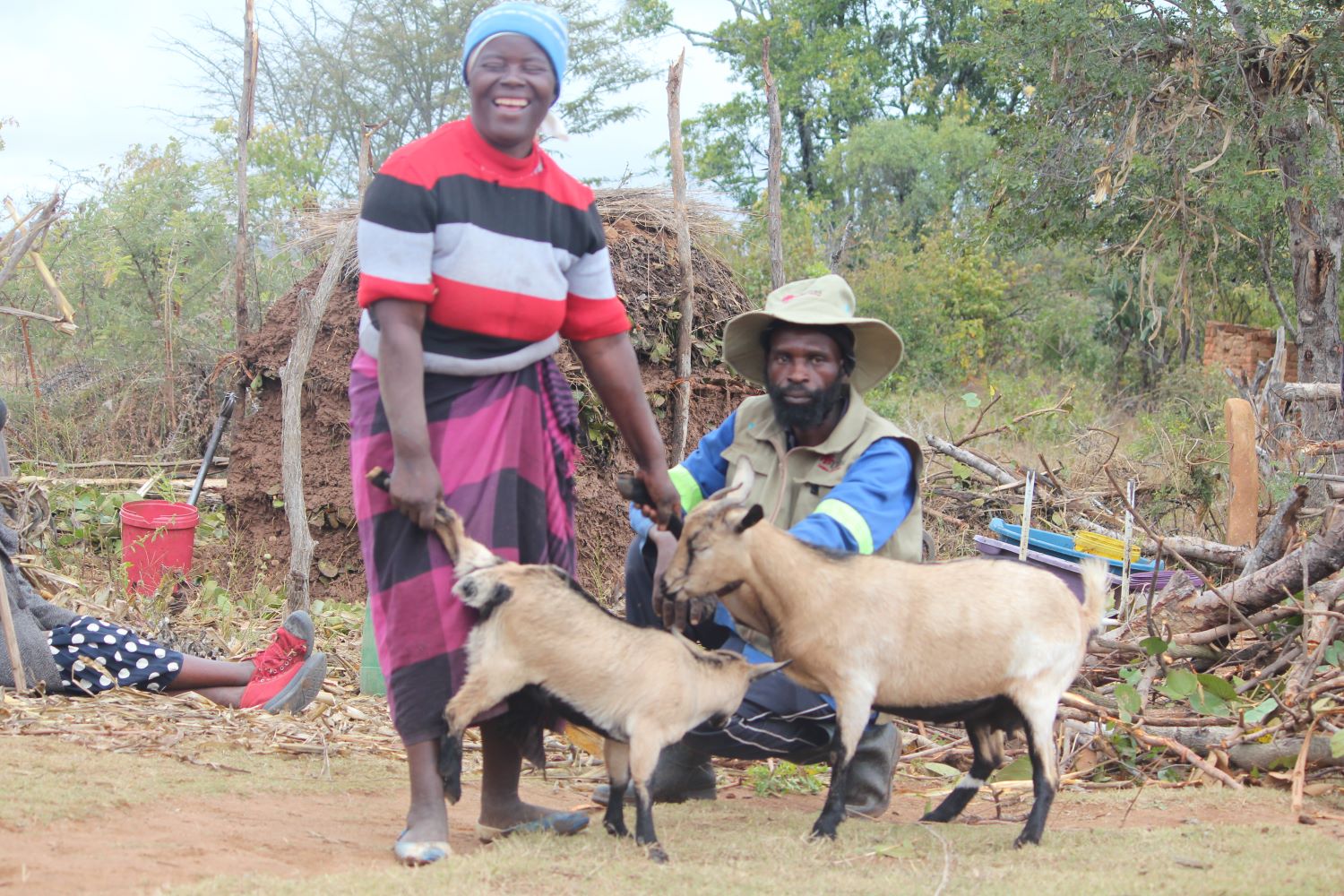OUTCOME 1
IMPROVED SUSTAINABLE HOUSEHOLD FOOD PRODUCTION
Our M&E statistics do not indicate much difference between the end of 2015 status and end of 2016 in terms of field crop productivity since they were both affected by the drought. The disaster was avowed a national disaster due to the level of destruction it has caused. This implied that the project efforts to improve sustainable food production and to increase the number of small grain growers have not yielded much impact. This may be due to the inability of the PoOC to manage change and adapt to it. On the other hand, maize is still being the most produced crop despite the unfavourable climatic conditions that the region is characterized with, and this has also hindered the attempts to improve sustainable household food security.
Significant increase on the number of millet, pumpkins and sugar beans producers have been noted with pumpkins having a constant increase over the project implementation period. Due to the current intervention of Humanitarian Aid and Productive Asset Creation (HA & PAC) which has a training component of small grain production and the distribution of small grain seed, the 2016 – 2017 cropping season is likely to have a higher number of small grain production. The persistent droughts that the region has experienced has resulted in the PoOC putting less effort in field crop production and this has resulted in a decrease in crop diversity from first year average of 5 crops to the baseline average of 4 crops per individual. The graph below depicts the changes explained above.
The drought that Matobo district and the country at large experienced however did not affect the PoOC’s desire to know and practise conservation farming. 83.7% of the farmers are knowledgeable about conservation farming and 77.3% practise conservation farming. In terms of the project outcome indicators, the 3yr target has been achieved. Conservation farming has been widely adapted and a significant increase in the number of farmers with knowledge on CF can be noted, however, they were affected by the poor rainfall season. Albeit, because of the labour requirements of conservation farming, there still exist a percentage of people who are knowledgeable about conservation farming but are not implementing it. Among the most utilised farming methods by the beneficiaries, conservation farming remains the most implemented with 67.3% of the respondents indicating that they are implementing it.
| field crops statistics | ||||||||
| Crops | Maize | Sorghum | ||||||
| baseline | first year | 2015 | 2016 | baseline | first year | 2015 | 2016 | |
| Average harvested (kgs) | 575.59 | 96.04396 | 101.56 | 13.82 | 63.6 | 47.68293 | 46.75 | 43.21 |
| Average area planted (ha) | 0.886 | 0.937967 | 0.9335 | 0.87254 | 0.191 | 0.507073 | 0.3763 | 0.29 |
| Crops | Cow peas | Ground nuts | ||||||
| baseline | first year | 2015 | 2016 | baseline | first year | 2015 | 2016 | |
| Average harvested (kgs) | 17.14 | 5.235294 | 5.4167 | 0.00 | 68.91 | 26.33333 | 24.042 | 4.41 |
| Average area planted (ha) | 0.069 | 0.197941 | 0.8765 | 0.02 | 0.13 | 0.257667 | 0.3179 | 0.43 |
| Crops | Millet | Round nuts | ||||||
| baseline | first year | 2015 | 2016 | baseline | first year | 2015 | 2016 | |
| Average harvested (kgs) | 21.3 | 13.00 | 19.0494 | 0.03 | 35.7 | 7.63 | 8.052 | 0.00 |
| Average area planted (ha) | 0.08 | 0.39 | 0.4375 | 0.313 | 0.099 | 0.15 | 0.2755 | 0.32 |
The table above shows us that the adaptation of conservation farming, however, did not directly result in an increase in the harvested quantities in the field crops as other climatic factors negatively affected the yields. Field crop productivity has remained very low this season due to the overwhelming drought conditions experienced during this cropping season. The field crops quantities harvested have significantly dropped between the 2014 -2015 and 2015 – 2016 cropping seasons. The baseline production rate for maize was 672.22 kgs per hectare, the end of year 1 progress monitoring survey revealed that the rate had reduced to 102.4 kgs per hectare, the year 2 production rate is 95.2 kgs per hectare and a drastic decline in the figures obtained from the end of 2016 survey show that the production rate was as low as 15.84 kgs per hectare. The table below shows the field crop statistics that have been gathered throughout the project implementation phase. The results show that despite the project’s efforts to enhance food security, external factors such as climate change have had a stronger impact on the yields and basing on these results, it has been noted that the field crop situation has been abating over the years.
Figure 3: Garden crop statistics
| Name of garden | Male | Female | Total | Major crops grown | Quantities harvested (Average) | Quatities sold |
| Zimiseleni | 0 | 22 | 22 | Tomatoes | 30 crates | 20 crates |
| Onions | 18 pockets | 12 pockets | ||||
| Leaf vegetables | 50 bundles | 48 bundles | ||||
| Butternuts | 320kgs | 205kgs | ||||
| Esibilileni | 10 | 11 | 21 | Tomatoes | 30 crates | 20 crates |
| Onions | 18 pockets | 12 pockets | ||||
| Leaf vegetables | 50 bundles | 48 bundles | ||||
| Butternuts | 320kgs | 205kgs | ||||
| Dlanamandlakho | 3 | 9 | 12 | Tomatoes | 30 crates | 20 crates |
| Onions | 18 pockets | 12 pockets | ||||
| Leaf vegetables | 50 bundles | 48 bundles | ||||
| Butternuts | 320kgs | 205kgs | ||||
| Dewe community | 4 | 16 | 20 | At establishment stage | 0 | 0 |


